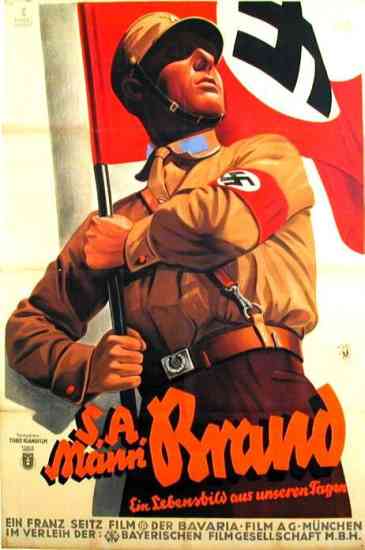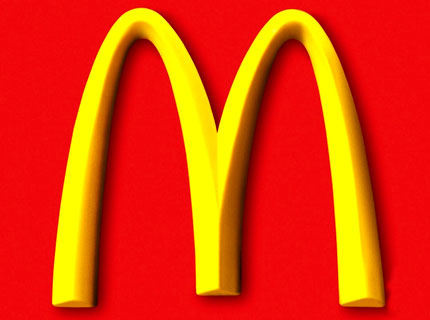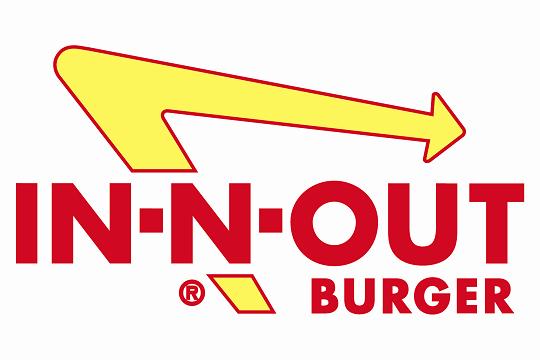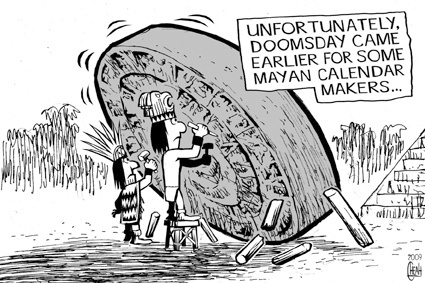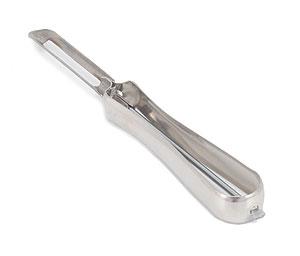What is the importance in joining text with images? Let us consider the use of text with images in design; text conveys information, an idea, or a narrative. We can see these uses in graphs, advertisements, comics and more. Yes, I said graphs. Graphs are part of the informational aspect of design, which is typically outside our narrow definition of "design." Information design, which displays quantitative information, reaches all realms of study and aspects of life. Graphs, diagrams, maps, books; these are examples of information design. The principles and elements of art and design apply here. In the book,
Design Basics, Lauer and Pentak talk about various elements of design, such as line, color, scale and proportion. All of those elements can be applied to graphs (as well as other forms of information design).We typically think of them as purely forms of information; they explain things to us. However, their explanations would be useless if they was not designed in an efficient way that we could understand. If it wasn't for text and image working together in information design, our society would suffer greatly from the lack of accessible data.
 |
http://upload.wikimedia.org/wikipedia/commons/8/87/Tokyo_subway_map.PNG
http://kara.allthingsd.com/20080514/memo-to-don-graham-thar-he-blows/ |
Think about it... Without proper maps, how would anyone know which subway train to take? Without labels on diagrams, how could anyone understand their science text book? Without labels and numbers on graphs, those charts in math class would be even more complicated. Education and travel would be exclusive privileges given to the elite.
Examine the diagram above. Try to name every part of the animal cell depicted. It isn't so easy. Even if you were simply trying to learn, it would be difficult if your text book explained things like "... and the tail-like extremity is called the 'flagellum,' and the yellow structure to the right is called the..." This would require a lot of jumping back and forth, proving an ineffective and inefficient means to communicate information. Look below at the diagram; with labels. The drastic change in understanding makes a huge different in the usefulness of the diagram.
http://www.kvhigh.com/Documents/Notes/reid/reid.html
Now let's consider a different kind of information design; with minimal text and minimal images compared with diagrams. When we think of graphs, we probably think of our last math or economics class. But text, image, and design are all present here. If you look below, the graph has lines, it is color coded, and the scale is even across all visual elements. But without words or numerical values, it is impossible to understand the graph.
Perhaps one of the biggest accomplishments in information design was done by Massimo Vignelli and his work with mapping the New York subway. Without Vignelli's work, one can only imagine the chaos that would plague the New York public transportation. His use of lines, points, shapes/forms, color coding and so on clearly indicates a use of design as explained in
Design Basics. And while some information could be concluded from those pictorial elements alone, that information would be insufficient; the text is necessary to determine the meanings.
http://www.apartmenttherapy.com/ny/artwork/massimo-vignelli-updates-his-new-york-city-subway-diagram-048963
